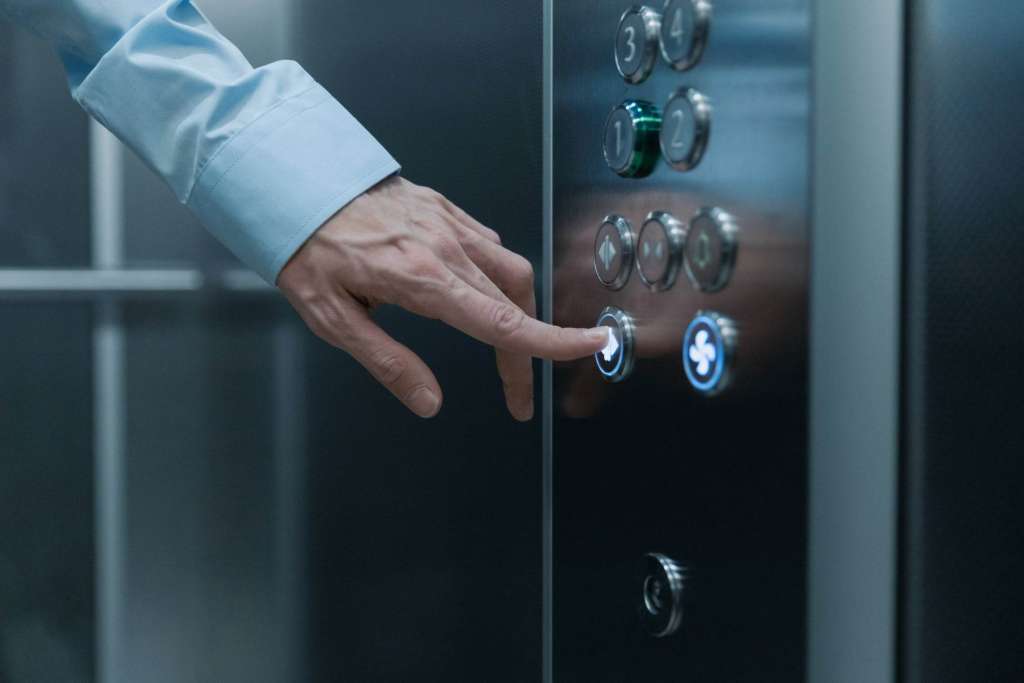Residential elevators are becoming more and more common, providing convenience and practicality to multi-level homes. If you are considering having a residential elevator installed in your home, it is important to know what features you should be looking for. This article will discuss the essential items that every residential elevator should have.
Emergency Safety Features
Safety should always be a top priority when selecting a residential elevator, and it is essential that any elevator you choose includes emergency safety features. The backup power source is a critical safety feature, as it ensures the elevator will continue to work even if the main power source is interrupted. This power source can be a battery or even a generator, and it should be tested regularly to ensure it is working properly.
An emergency stop button should also be included in any residential elevator you consider. This button should stop the elevator immediately, allowing passengers to get to safety in the event of an emergency. It should be easily accessible and clearly marked. An emergency alarm is also important, as it will alert anyone in the area that something is wrong. This alarm should be loud enough to be heard from a distance, and it should be connected to a monitoring station or other emergency service.
An intercom system is a great addition to any residential elevator. This system will allow passengers to contact someone in the event of an emergency, and it can also be used to check in with passengers and make sure they are okay.
Operation Panel
With residential elevator installation, the operation panel will be a critical component of the system. This panel should include basic controls, such as buttons that allow passengers to select the desired floor, as well as a keypad for entering codes to access restricted floors. The panel should also include an emergency stop button, which will stop the elevator in an emergency situation. This button should be clearly marked and easily accessible.
The panel needs an indicator light to show when the elevator is in operation, as well as a display that shows the current floor and the direction in which the elevator is traveling. An intercom system can be added so passengers can call for help in an emergency.

Lighting And Railing
Proper lighting and railing are essential components of a residential elevator. Good lighting will help passengers feel safe and secure in the elevator, as it ensures that they can see where they are going. This is especially important in the case of emergency situations, as passengers will be able to locate the emergency stop button more quickly. The lighting should be bright enough to be able to clearly see the buttons and other controls, but not so bright that it is blinding.
The railing is also important in a residential elevator, as it provides passengers with something to hold onto while they are in the elevator. This is especially important for disabled passengers, as they may need something to support them while they are in the elevator. The railing should be tall enough to be easily reached and should be made of durable material that can support the weight of the passengers. The railing should also be securely attached to the walls of the elevator so that it does not move or shift when passengers are using it.
Automatic Emergency Brakes
Home elevators with automatic emergency brakes are a must-have safety feature for any home elevator. These brakes are designed to engage automatically any time the elevator stops suddenly or when the power is cut off, preventing the elevator from falling and potentially injuring passengers. Additionally, these brakes provide an extra layer of security for passengers, as they will not be able to open the door until the elevator has come to a complete stop. This is especially important in the case of an emergency, as it ensures the passengers will not be in any danger.
The brakes also provide a layer of protection for the elevator itself, as they will prevent the elevator from experiencing any damage due to sudden stops. This will help extend the life of the elevator and reduce the need for costly repairs or replacements. Automatic emergency brakes are also an important part of any home elevator system, as they provide a reliable way to ensure the safety of passengers and the elevator system itself.
Cab Gates, Doors, And Door Locks
Cab gates are a critical component of residential elevators. They are designed to provide a safe, secure, and enclosed space for passengers to ride in. The gates are typically made of metal and are designed to be strong and durable, while still allowing passengers to easily open and close them. Cab gates should also be equipped with a locking mechanism, which will prevent unauthorized access to the elevator cab.
Doors are another important part of residential elevators. The doors provide the main access point for passengers to enter and exit the elevator cab. The doors should be made of durable materials and should be easy to open and close. Additionally, the doors should be equipped with sensors that will detect when someone is in the doorway and will keep the doors from closing on them.
Door locks are an important safety feature for residential elevators. The locks are designed to prevent unauthorized access to the elevator cab and should be made of strong materials that are difficult to pick or break. Additionally, the locks should be equipped with a keypad or card reader to allow authorized personnel access to the elevator cab. The locks should also be equipped with sensors that will detect when the door is opened and will trigger an alarm if unauthorized access is attempted.
Residential elevators are a fun and convenient addition to any home, and they should be equipped with features that provide a safe and secure ride for passengers.










